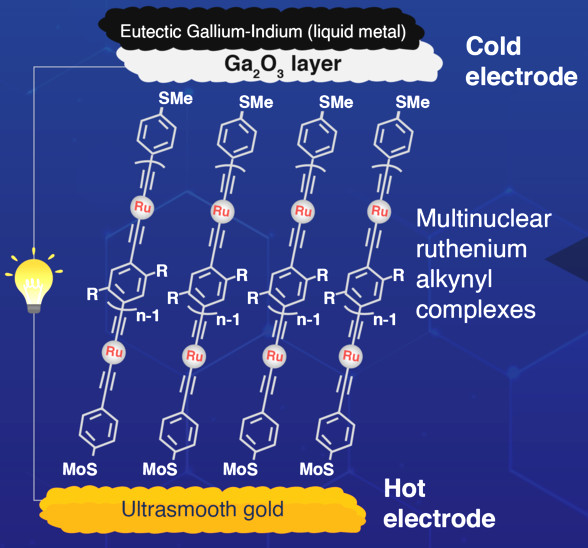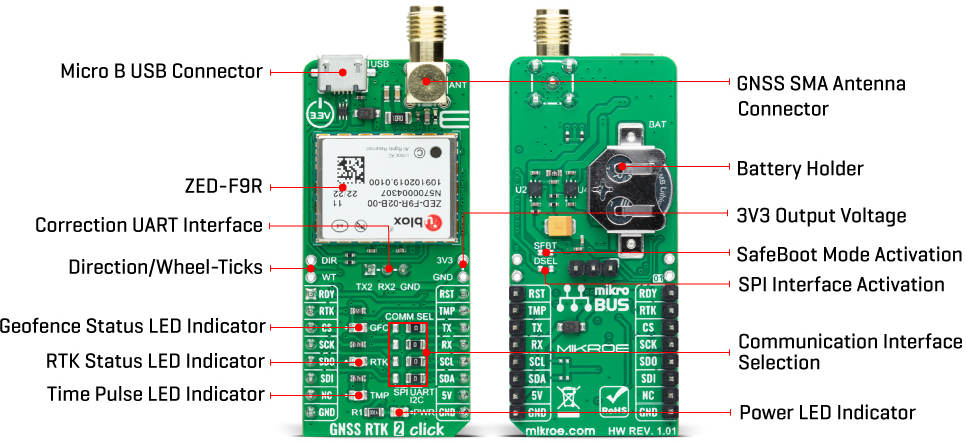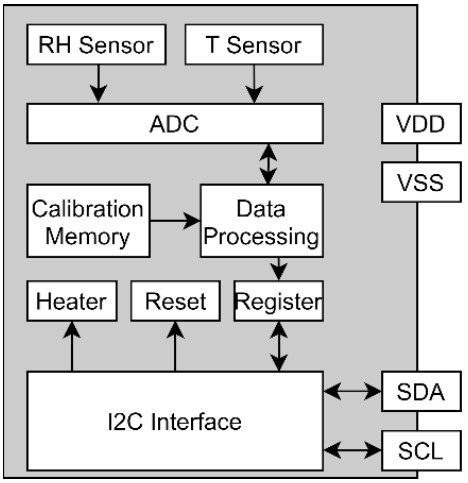
“The team was curious as to whether multi-nuclear ruthenium alkynyl complexes based on multiple Ru(1,2-bis(diphenylphosphino)ethane)2 fragments could lead to more powerful molecular junctions, thanks to their unique electronic structure,” according to Tokyo Tech.
Organo-metallic compounds with different numbers of ruthenium alkynyl complexes were designed to self-assemble between two electrodes: an ultra-smooth gold hot electrode, which also provided anchorage, and a gallium oxide covered eutectic gallium-indium (liquid metal) cold electrode.
The Seebeck coefficient changed depending on the number of ruthenium atoms in the molecular junction, as well as the oxidation state and detailed chemical composition of its organic backbone.
“This work offers insights into the development of molecular-scale devices for efficient thermo-regulation and heat-to-electricity conversion,” said Tokyo Tech researcher Yuya Tanaka. “Our organometallic compounds exhibited much higher Seebeck coefficient values than their purely organic counterparts. To the best of our knowledge, a Seebeck coefficient of 73μV/K, obtained for the tri-nuclear ruthenium complex, is remarkable compared to conventional molecules reported in literature.”
The thermoelectric performance has been ascribed to the unusually high proximity of the highest occupied molecular orbital energy level to the Fermi level.
Tanaka at Tokyo Tech worked with Professor Hyo Jae Yoon of Korea University. Their research is published as ‘High Seebeck coefficient achieved by multinuclear organometallic molecular junctions‘ in Nano Letters.







